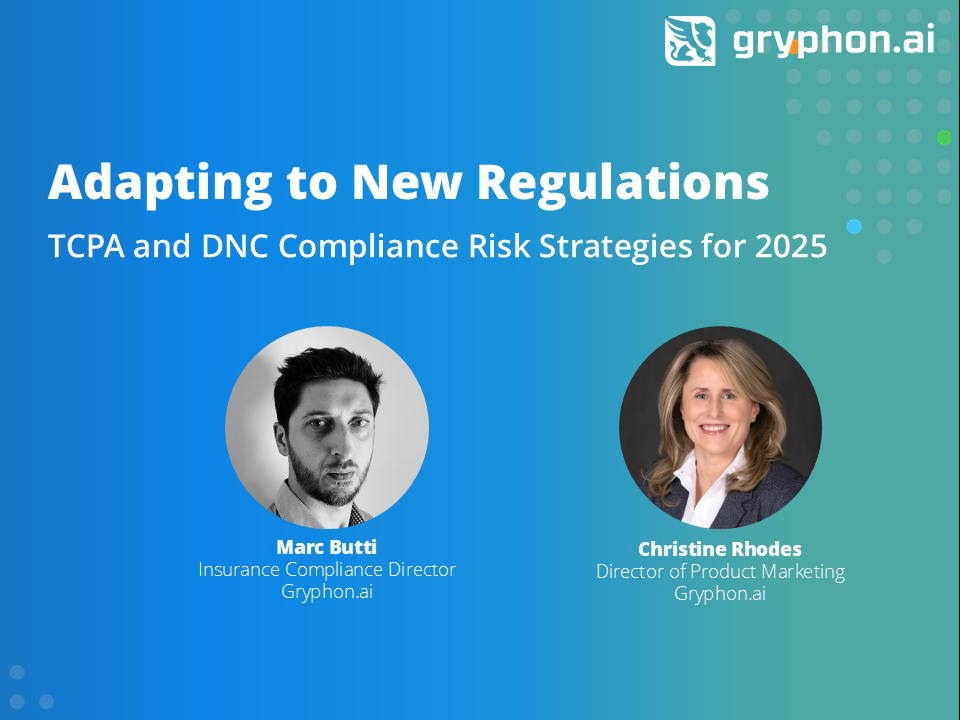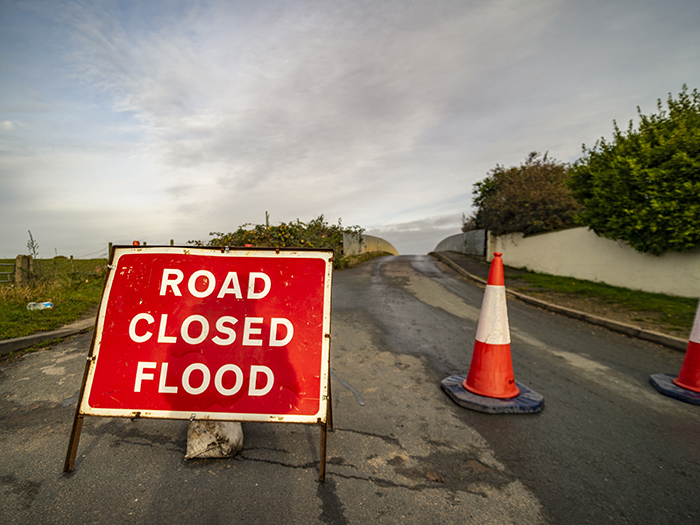Is COVID-19 a Black Swan Event? Let’s Do the Math
You may be tired of hearing about anything COVID-19 related. But despite many valiant efforts, an important question remains: Is COVID-19 a “black swan?”
We must begin by defining a a “black swan” event. The concept was first coined by Nassim Taleb in his book The Black Swan. According to Taleb, a black swan is an outlier event beyond the normal range of expectations that has massive impact.
While most often characterized as negative, such as a loss, black swans can also be positive as in the case of an event that creates or enhances value.
Another way to view this dichotomy is that during every crisis event there is opportunity, an upside risk that might be able to be leveraged for value.
As I write this, a possible collapse of the oil industry looms on the horizon. Having gone negative for the first time ever, oil prices have now recovered somewhat but still remain below levels required to sustain the industry.
Is this a black swan? Perhaps, but it is more likely what James Lam might label a grey swan (characterized by inertia) or even a white elephant (characterized by emotionally-driven thinking).
Regardless of the category into which COVID-19 fits, it is much more veiled in uncertainty than categorized as a manageable risk, which is an important distinction.
Though many leaders see COVID-19 as yet another black swan-type event given its currently unprecedented nature, it appears industries could have been better prepared to respond to COVID-19.
That is the essence of dealing with the uncertain. It’s not that we should have been able to prevent COVID-19, but rather that had we taken an aggressive approach to identifying and assessing emerging risks and uncertainties, we could have built more resilient organizations that were better able to weather the disruptive storm in which we now find ourselves.
The main goal of business continuity planning is focused on building resilient organizations that are better able to withstand even the gale force winds of a global pandemic of this magnitude.
That is not to say we could or should have been able to fully mitigate the impact of COVID-19, but that we could have developed contingency plans that may have prevented full shutdowns, massive lay-offs and even bankruptcies.
The main goal of business continuity planning is focused on building resilient organizations that are better able to withstand even the gale force winds of a global pandemic of this magnitude.
The real story of the moment lies in the question of whether two major uncertainties, occurring so close in time, intersected with each other as to exponentially increase their respective impacts. I am referring to the massive hit to the financial markets that occurred nearly simultaneously with officially pronouncing the virus as a pandemic.
Most would see this dual scenario as highly improbable, even more so when considering time and effect.
Let’s say COVID-19 is a 1 in 500-year event and assume the same for the financial markets crash. Statistically, the chances of these two things occurring together are 1 in 250,000 (1/500 x1/500); seemingly improbable, yet mathematically possible.
A big part of our challenge is which probable or possible maximum loss do we manage. This combination of events and impacts, as improbable as they may be, have created the impacts with which we now must deal.
Putting aside probabilities, predictability, measurable impact or the extent of our organizational resiliency, the key issue now lies in our response – what we do now to mitigate the impact.
While the list of what is currently being done is long, what will be done going forward and those things we cannot know until more data is analyzed still remain. In the meantime, leaders everywhere are acting innovatively in response to the crisis.
Effective preparedness, innovation and creative thinking are our next best moves as we protect people, property and the future of our organizations. It may be no understatement to suggest that this could be the preeminent risk event of this generation.
Yet, I am optimistic that today’s risk professional is more capable than ever to respond effectively and contribute to their organization’s response to COVID-19 and, by extension, their organization’s survival and future success. &










